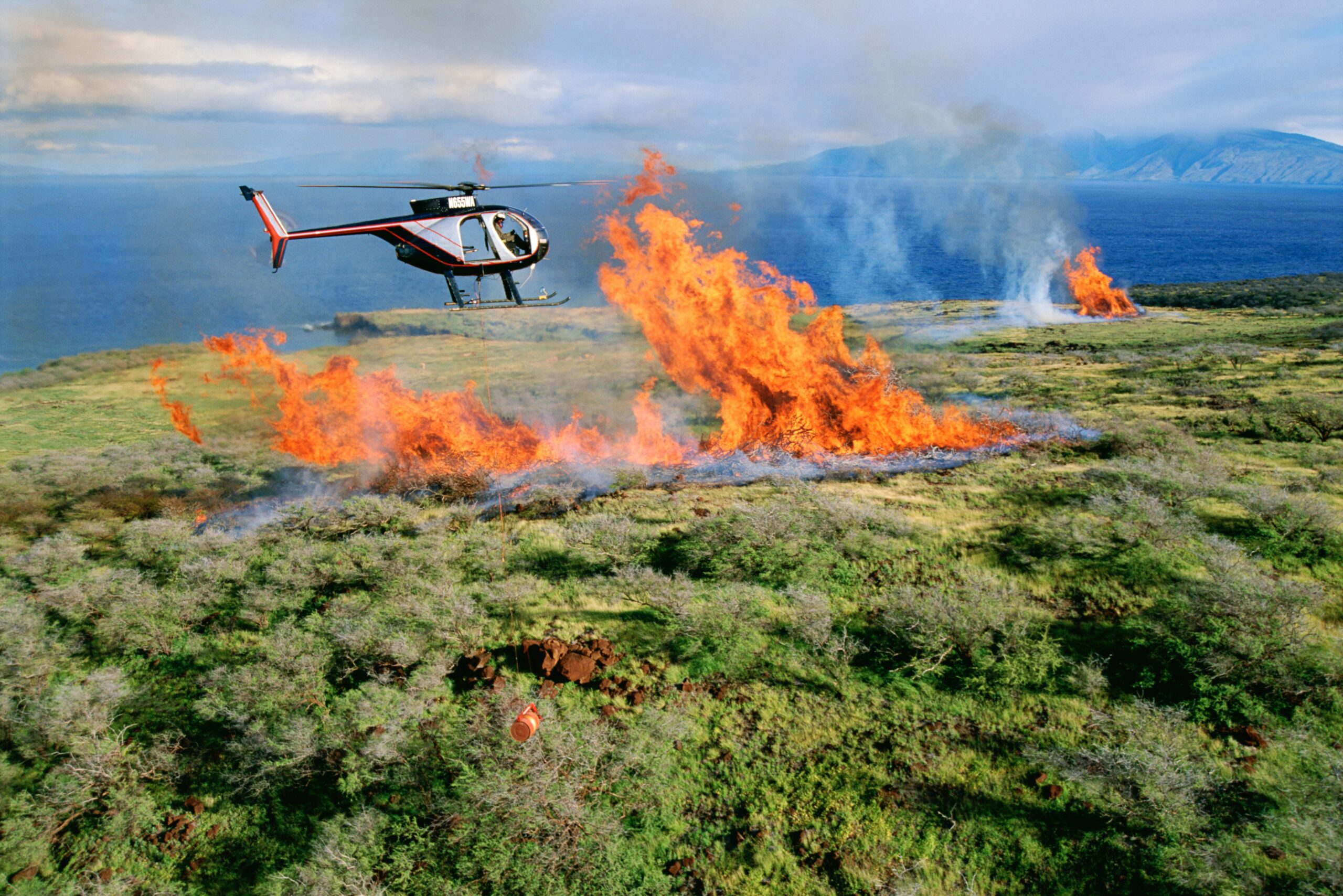Research tells us cattle removed an estimated 11.6 billion pounds of fine fuels from California rangelands in 2017. Removal of fine fuels – grasses, shrubs, weeds – changes wildfire behaviors by keeping fires smaller and reducing flame length. As fire seasons continue to be a challenge for the state and in the wake of the devastating fires in Southern California, more research needs to be done to explore every possible means to save people from the devastation that fire can cause. These efforts can be done with joint efforts by state and federal agencies working in concert with local cattle grazers.
By first examining the patchwork of grazing permits throughout the state, it is apparent federal agencies are in the driver’s seat for permitting. Federally owned public lands have a combined 1,165 active grazing permits between the U.S. Bureau of Land Management and the U.S. Forest Service. The allotments through these two agencies provide feed support for approximately 569,000 cattle on a combined 9.3 million acres of land. Grazing permits are subject to change on a regular basis. California also offers grazing and agricultural lease opportunities through its online bidding site but contracts are often small and temporary.
When looking at overall public land management, federal agencies are, again, controlling the lion’s share of the land mass in California. Approximately 48 million acres of the land in California is designated as public but only about 4 million acres are considered under “sovereign” ownership of the state. This makes the awarding and governing of grazing permits more difficult for all but not impossible. As evidenced by the current system in place in which state agencies oversee things like water quality on federally owned land.
With just 19 percent of public lands in California currently having grazing allotments, an expansion of grazing allotments should be considered through continued cooperation between state and federal agencies. By expanding the number of permits available, and where, with an emphasis on fine fuel reduction followed by understory reduction in heavily forested areas, the state can reap the benefits of inexpensive fire management via cattle. Not only will cattle graze in rangeland environments, but they will also graze in forested environments, clearing away brush, trampling deadfall, and foraging through understory that has the potential to fuel fires and impede response teams.
As another fire season looms, it is imperative for state and federal officials to entertain creative solutions to what is fast becoming a perennial need throughout California. Cattle grazing offers a low environmental impact solution to a large wildfire problem. As National Beef Month rolls on, it is high time for the state to celebrate the contributions of more than steak on the plate.
Pam Lewison is the Director of Agriculture Research at the Washington Policy Center and a Pacific Research Institute fellow. She co-owns and operates a family farm in Eastern Washington state.

